Bleach Baths for Eczema: Are they Safe?

The idea of giving a child suffering from moderate to severe eczema a bleach bath seems horrific and a treatment born out of desperation, but the reality is it is not as bad as it sounds. In fact, when done properly it is not much different than swimming in a heavily chlorinated pool with far fewer chemicals. Bleach baths are a common treatment for chronic eczema flareups because they are a relatively easy home remedy and there is not a lot of risks if simple steps are followed. Now that being said we want to emphasize that prior to giving a child (especially a baby under 2 years old) that is battling eczema a bleach bath check with your dermatologist or other health care professional because there are potential side effects.
When directions are followed, bleach baths are safe and can be helpful for treating inflamed skin and treating staph infections on the skin.
Contents:
- Bleach Baths for Eczema: Are they Safe?
- Bleach Bath Benefits: Does it help Eczema Flareups?
- Eczema Bleach Bath Recipe and Instructions
- Caution: Bleach Bath Risks and Side Effects
Bleach Bath Benefits: Does it help Eczema Flareups?
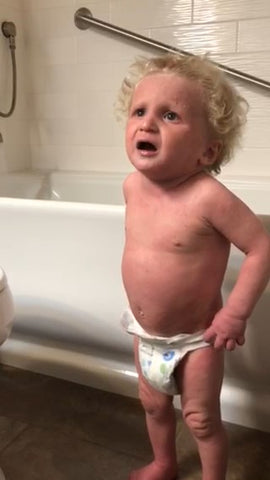
Bleach baths are credited with providing numerous health benefits like reducing skin inflammation and helping to prevent bacterial infections like staph (bacterium Staphylococcus aureus) from weeping eczema that often accompanies moderate to severe atopic dermatitis, but dermatologists’ opinions are mixed as to whether the bleach bath is more effective than regular, clear bathwater. In a 3 month clinical study published by the American Academy of Pediatricians (AAP) the conclusion supports that a routine of regular bleach baths combined with topical prescription antibiotics and quality moisturizers like petroleum-free Vaniply will help control many of the symptoms associated with Atopic dermatitis.
You should speak to your dermatologist or your child’s pediatrician before you try this remedy for the first time.
Eczema Bleach Bath Recipe and Instructions:
-
Warm Bath Water:
- Draw a warm (not hot to the touch) water bath. Make sure that the amount of bathwater is right-sized to the age of the person taking the bath.
- Proper dilution of the beach in the water is VERY IMPORTANT. Estimate how much water is going to be used (a US standard size bathtub holds approximately 40 gallons of water when filled to the overflow drainage holes)
-
Bleach Bath Recipe:
- Use regular household bleach (unscented and not concentrated) which contains between 4 percent to 6 percent sodium hypochlorite. Read the label before using as you should reduce the amount of bleach used the higher the percentage of sodium hypochlorite.
- Add ¼ cup of bleach with 5 percent sodium hypochlorite mixed with approximately 20 gallons of water. (for a 40-gallon tub of full of water use ½ cup of bleach)
-
Bathing:
- Soak from the neck down or just the affected areas of the skin (do not get the head wet) in the warm water bath with diluted bleach for approximately 10 – 15 minutes. It is recommended to start with shorter baths initially to make sure the skin is tolerant of the diluted bleach water.
- An infant suffering from eczema should not soak for longer than 10 minutes.
- Never leave a child 10 years and under in a bleach bath unattended.
- Do not use soap, medicated washes or shampoo, a bleach bath is for helping irritated skin inflammation and controlling bacteria that is on the skin’s surface and not about hygiene.
- Avoid getting the head wet with bathwater diluted with bleach and make sure to avoid any eye contact. If bleach bathwater gets in the eyes rinse with clear tap water, not the bleach bathwater.
- Do not take more than 2 – 3 bleach baths per week. Consult your doctor for the number of bleach baths they recommend for the severity of your eczema.
-
After Bleach Bath:
- Rinse off with warm, clear (no bleach) water to remove all residual bleach.
- Gently pat dry using a soft cotton or bamboo terry towel.
- Immediately apply any topical medication and/or moisturizing emollient specially formulated for treating eczema that is chemical and fragrance-free.
- Cover the treated skin with eczema clothing or pajamas. Soothems are dermatologist recommended and a premium brand of eczema clothing and sleepwear made from a special eczema friendly fabric called TEWLTect® Skin smart Fabric. This therapeutic blend of TENCEL™ - infused with the biopolymer Chitosan and viscose made from organic bamboo and encapsulated in zinc oxide.
-
Important Notice about Bleach Bath Safety Precautions:
- Limit the amount of time for a bleach bath, children under 3 years of age should not take a bleach bath for longer than 10 minutes and adults should limit bleach baths to no more than 15 minutes.
- Do not use hot or cold water for bleach baths or for rinsing off after
- Do not add any other chemical products to the tub water such as shampoo or soap
- Keep bleach bath water away from the head, face, and eyes
- Never apply bleach directly to the skin
Caution: Bleach Bath Risks and Side effects
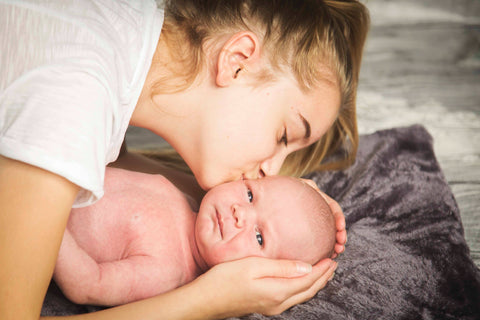
Understand that if you are considering taking a bleach bath you most likely have very sensitive skin and you need to be cautious before trying new remedies and skin treatments. This includes bleach baths. Always check with your dermatologists prior to taking a bleach bath.
- Potential side effects:
Technically you cannot be allergic to bleach, but you can have a hypersensitivity reaction to bleach, a natural irritant called “irritant dermatitis” or “contact dermatitis”. Allergic contact dermatitis is caused by a reaction to an allergen, which is a substance that induces an allergic reaction.
- Bleach Fumes & Asthma Attacks:
Bleach has a strong smell and can trigger asthma flareups. This is especially important to note since there is a direct correlation between eczema and asthma.

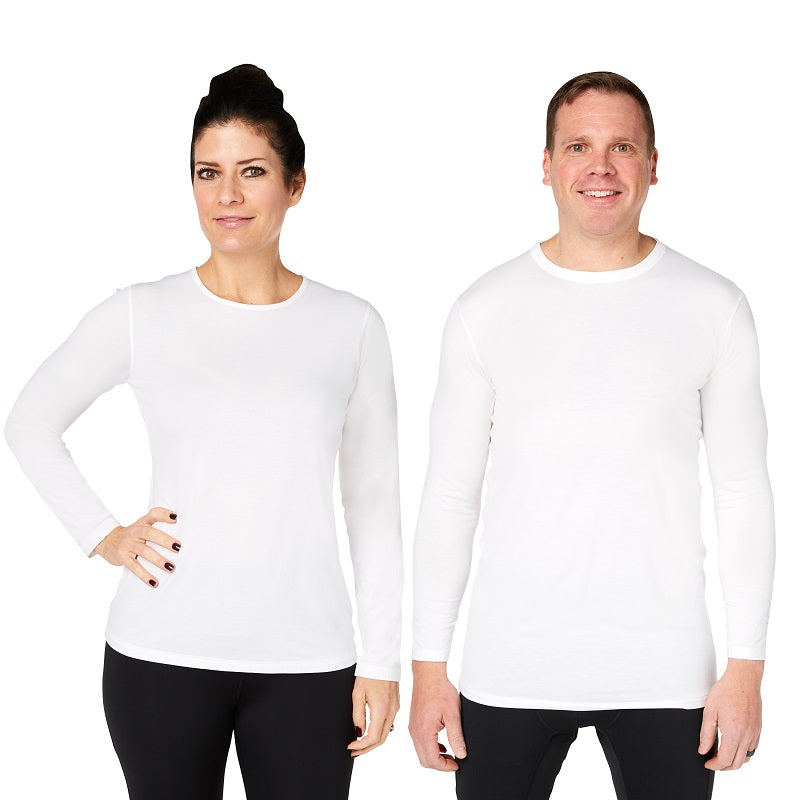
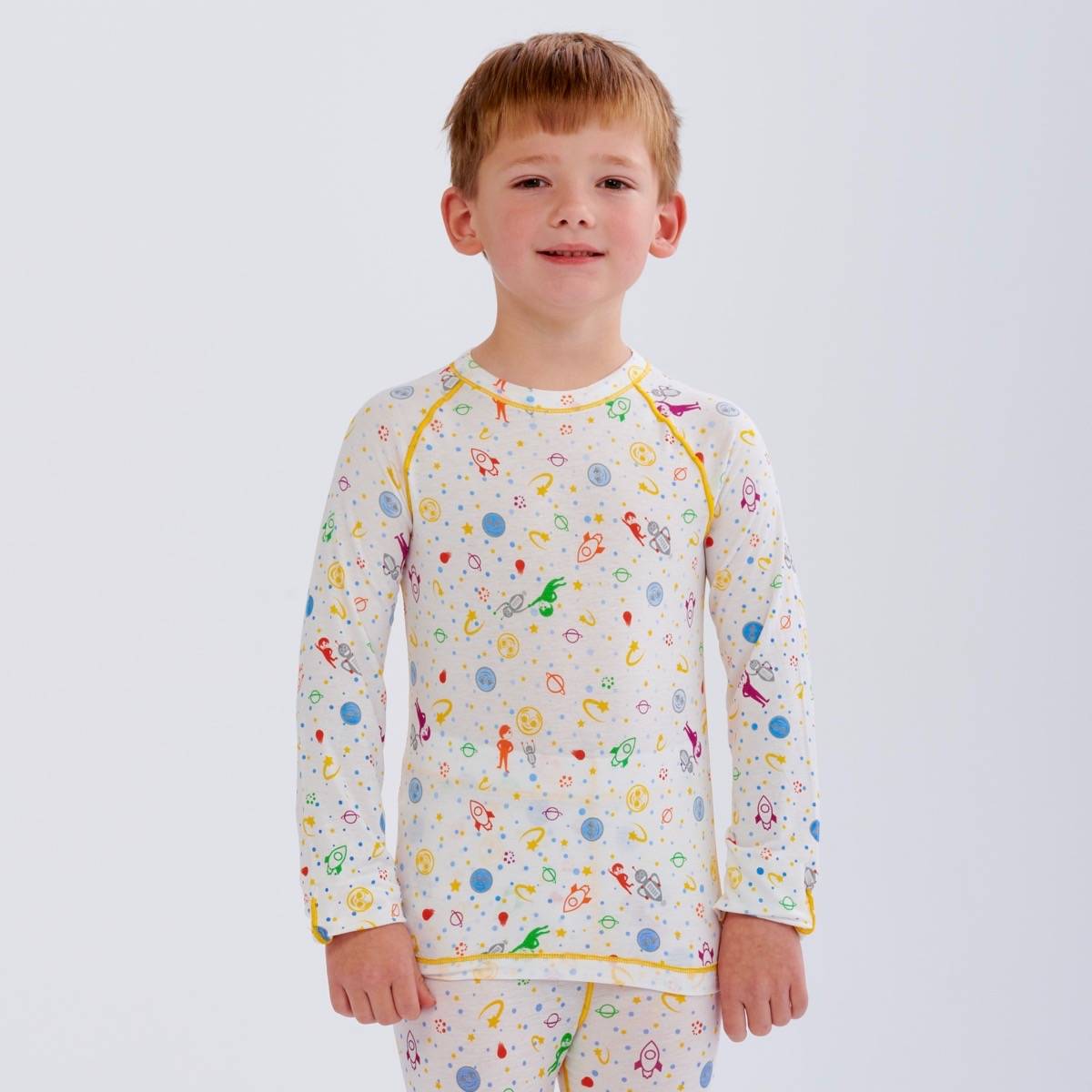
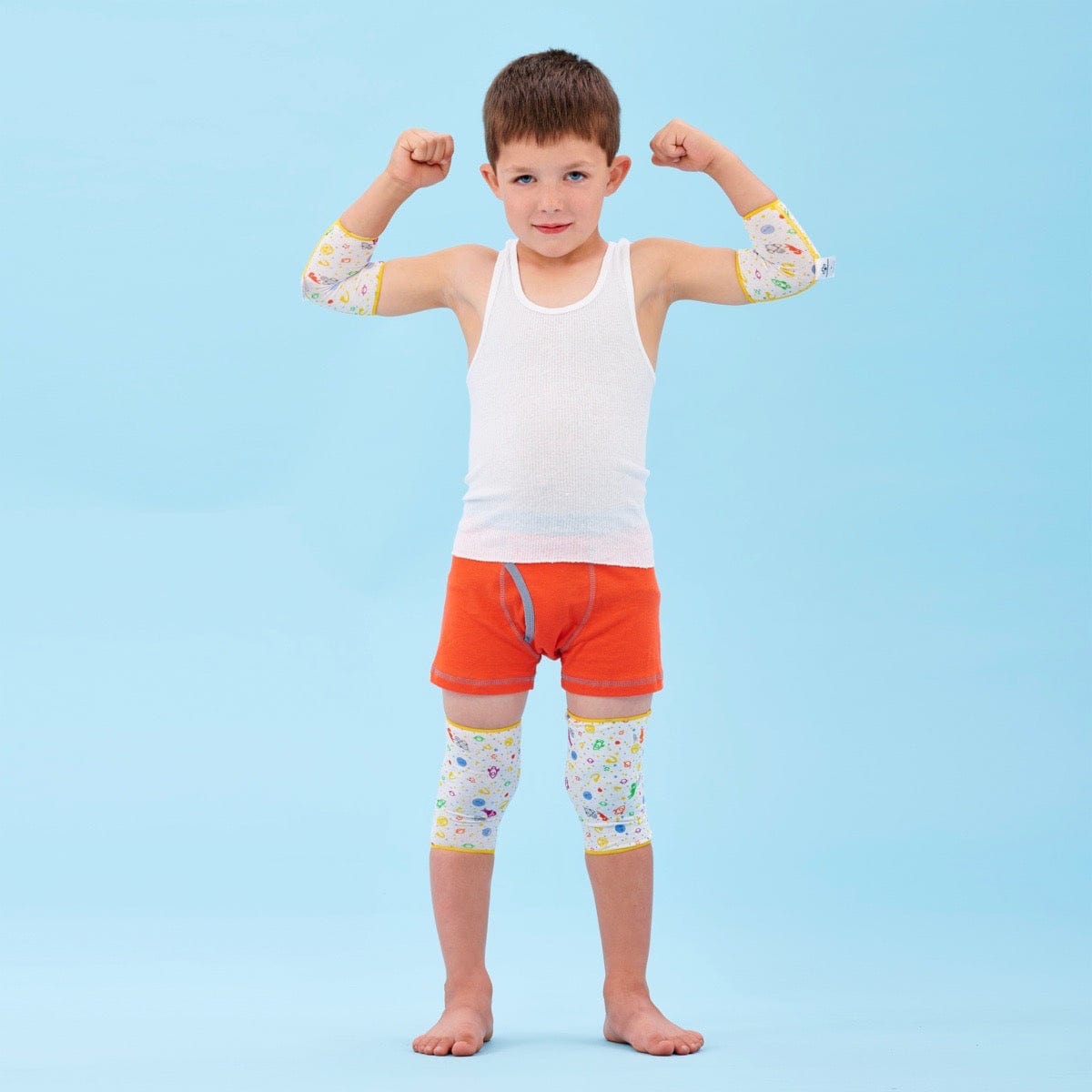
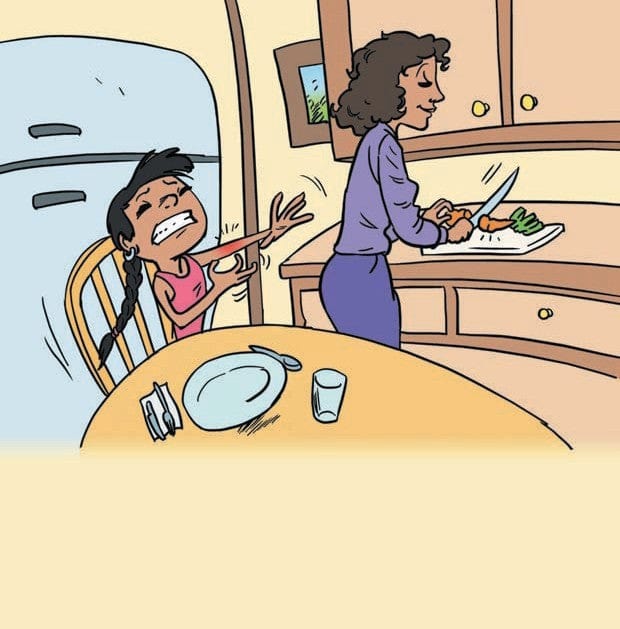
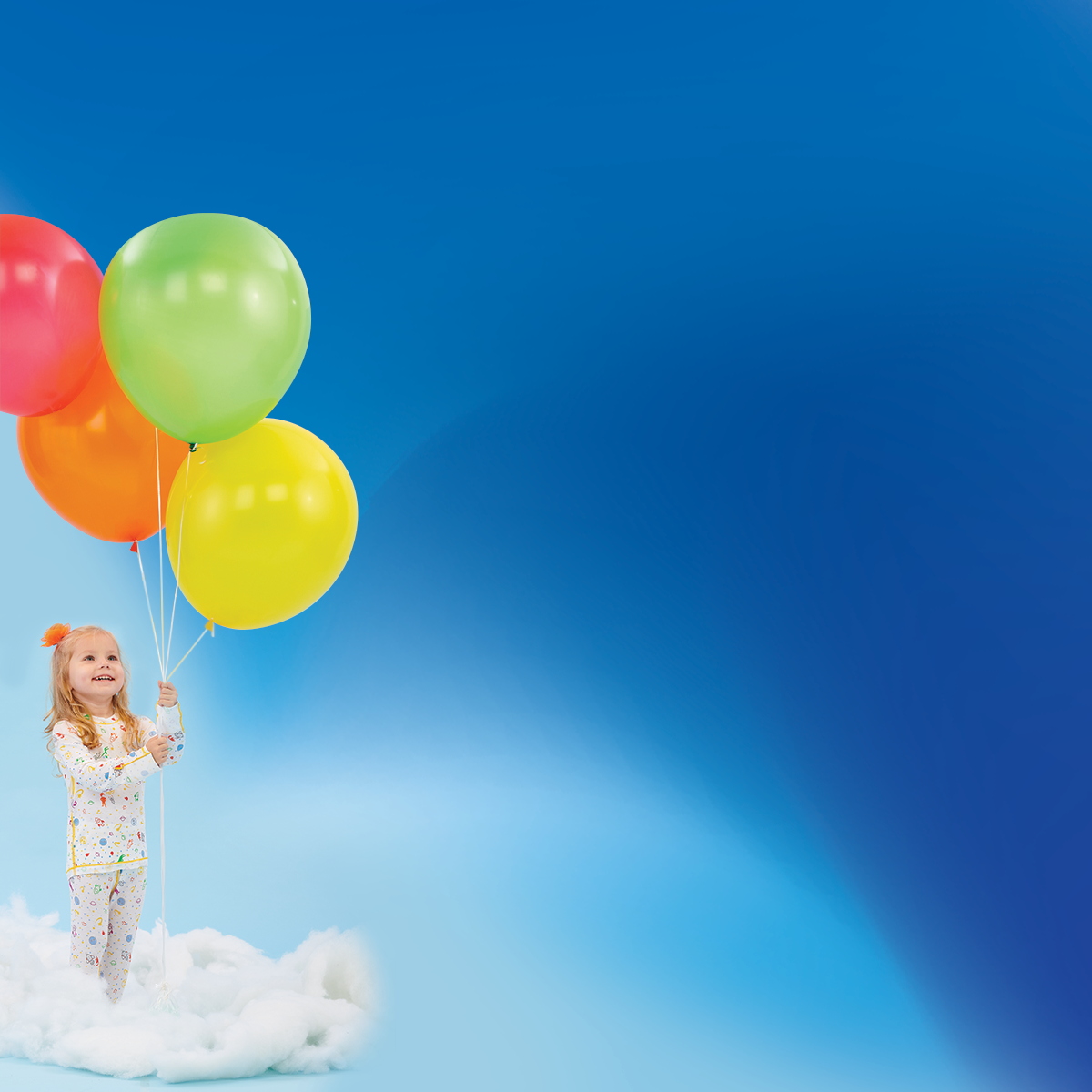
Leave a comment
All comments are moderated before being published.
This site is protected by hCaptcha and the hCaptcha Privacy Policy and Terms of Service apply.